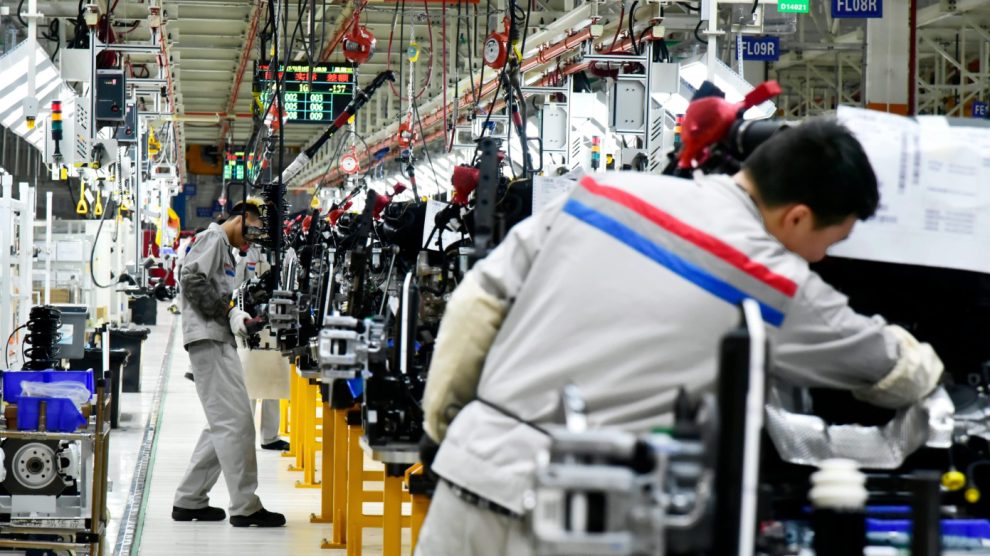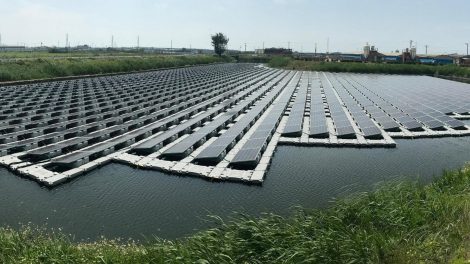Coping with the petrol ban fallout. In Rome, the European Parliament’s decision to effectively stop the sale of new internal combustion engine cars from 2035 is going down like a ton of bricks. Critics highlight the lack of EV readiness (infrastructure is scarce, and the vehicles themselves are still pricey), but the government’s main concern is the industry.
- The Italian automotive sector mainly produces high-quality auto parts for foreign car manufacturers. However, it’s largely specialised in ICE vehicles, and EVs require fewer parts. Which puts the sector’s survival at risk.
Timing and risk. As Business Minister Adolfo Urso told Il Corriere della Sera, the direction of the transition is not up for debate – but the timescale is. “Italy is lagging behind on the transition in the automotive sector, and we must accelerate investments, but the times and ways that Europe imposes on us do not coincide with the reality in Europe and especially in Italy.”
- Then he gave some data: the country only has 37,000 charging points, compared to 90,000 in the Netherlands, and over 260,000 people work in the automotive industry, which makes up a good chunk (roughly 7%) of Italy’s GDP.
- Confapi, Italy’s SME Association, estimated that the European ban “will put small and medium-sized Italian industries in difficulty. In fact, more than 2,200 companies and 195,000 jobs are at risk,” according to Deputy President Corrado Alberto.
Dependence and dogma. Then there’s the matter of exposure to foreign influence. “Yesterday [it was] Russian fossil fuels, today [it’s] Chinese green technology,” said Minister Urso, “not to mention the dependence on rare earths.” He called for a realistic vision, capable of “innovating without destroying.”
- “We are absolutely convinced that we have to reach those goals and within the set timeframe, but we need to graduate the stages better and be more flexible in the way we do things: for example, the use of biofuel, then biomethane, then hydrogen. Electricity is not a religion but a technology, and we need a neutral approach.”
Rome’s strategy and counter-proposal. Foreign Minister and Deputy Prime Minister Antonio Tajani also chimed in. “I am a great supporter of the electric car, but ambitious goals must be achieved in earnest, not just on paper,” he said, noting that Italy will put forward its own counter-proposal: setting the EU’s emission reduction mandate to 90% instead of 100%, to give industries a chance to adapt.
- As Minister Urso pointed out, Rome intends to leverage the EU’s revision clause – a political pit-stop in 2026 to take stock of the ban’s feasibility. “Moreover, we will have a new Commission and a new European Parliament on that date. We are preparing now with the right alliances; we know we are on the right side,” he told La Stampa.
In the meantime, “we are committed to speeding up the reconversion of production. This is precisely why we are calling for more flexibility in Europe on the use of common resources to focus investments on green and digital technologies,” a solution Rome has been pushing for as a viable response to foreign green subsidies – such as those in the US Inflation Reduction Act, or China’s decades-long State support for key companies.





